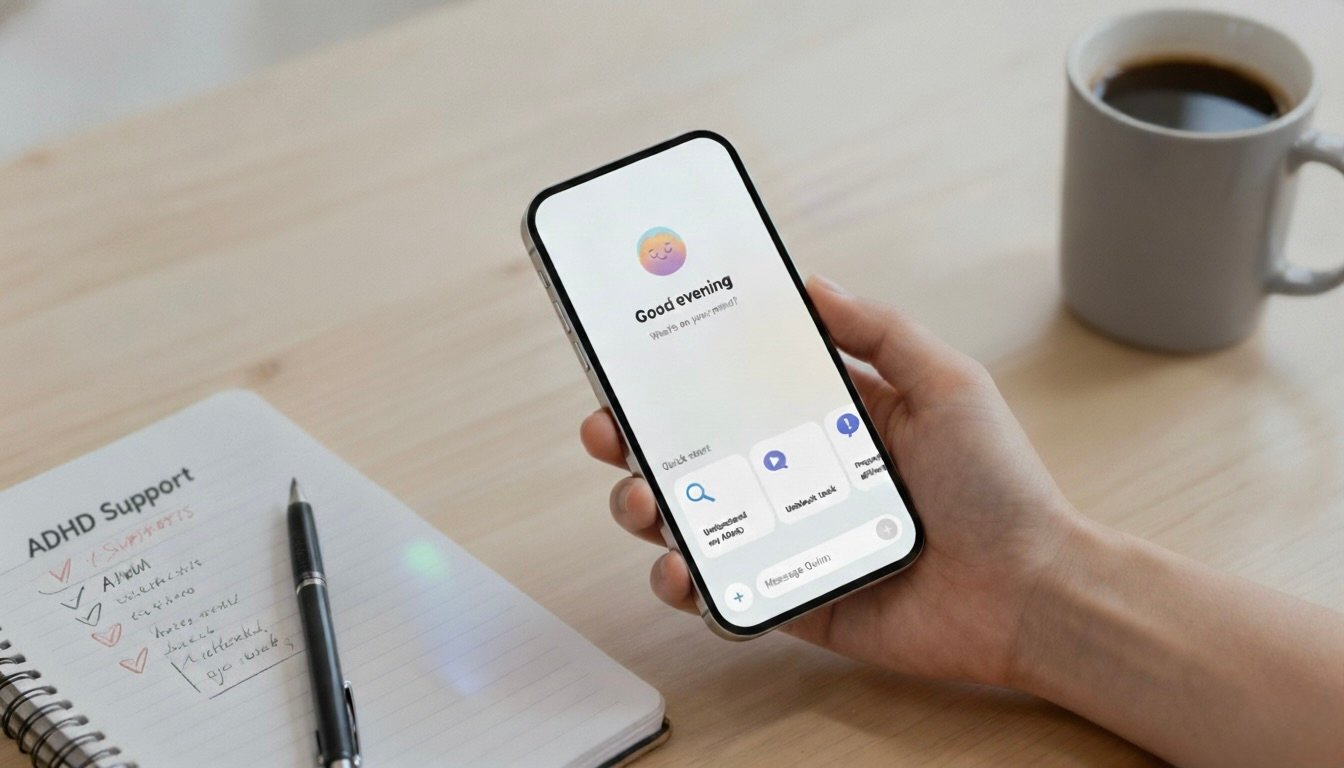ADHDers often fall victim to the “hyperactive” stereotype. But while society might think we’re constantly bouncing off the walls like overly excitable Golden Retrievers, that isn’t always the case.
Sure, we can get excited: “hyperactivity” is in the definition of ADHD, after all. However, news flash: You can have ADHD without being ’hyper’. It isn’t a thing you need to be an ADHDer. You can join the club without it.
Too long; didn’t read
- ADHD stands for attention-deficit/hyperactivity disorder, but you can still have ADHD without showing hyperactive traits.
- Attention deficit disorder (ADD) is no longer a valid diagnosis.
- There are three types of ADHD: predominantly hyperactive-impulsive, inattentive, and combined type.
- People with inattentive ADHD are less likely to experience hyperactivity.
ADHD or attention deficit disorder?
We aren’t always physically hyperactive.
Historically, the condition has been diagnosed as either ADD or ADHD. Hyperactive and impulsive symptoms were closely associated with ADHD, while inattentive symptoms were commonly diagnosed as ADD.
However, an ADD diagnosis is no longer medically accurate. Now, ADHD is diagnosed as either predominantly hyperactive-impulsive, inattentive, or combined type.
In predominantly hyperactive-impulsive ADHD, someone might struggle to sit still or focus on tasks. They also might experience difficulty managing their impulses, whether spending money, binge eating, or drinking alcohol, and might act without considering the consequences.
The ADHD stereotype
Masking hyperactive ADHD traits
Hyperactivity isn’t always obvious: people don’t recognize many hyperactive behaviors as ADHD. For example, playing with your hair, talking quickly, or interrupting others are all symptoms of hyperactivity.
Internal hyperactivity, which women and girls are more susceptible to, might feel like an inability to concentrate, being easily distractible, or having racing thoughts.
Hyperactive ADHD traits can also be masked when someone tries to hide their symptoms. They might do this by copying the behaviors of neurotypical people, dulling down their “ADHD-ness” in the process.
At work, masking might look like nodding rather than asking for help. In a more social setting, it might involve being overly careful of what you say, obsessively checking your belongings to ensure you haven’t forgotten anything, or reacting how you feel you’re expected to rather than how you feel.
Masking is all about a fear of being “exposed.” But it’s okay to remove your ADHD mask.
Inattentive ADHD, explained
Someone with predominantly inattentive ADHD might experience a limited attention span and difficulty following instructions or organizing tasks.
Women and girls are more likely to be diagnosed with inattentive ADHD than men and boys, although ADHD profiles are not specific to gender.1
People with inattentive ADHD are also less likely to experience internal or external hyperactivity.
What are the symptoms of inattentive ADHD?
According to the DSM-5, a physician can diagnose inattentive ADHD in children up to 16 if they have six or more inattentive symptoms. In adolescents over 17 and adults, a diagnosis requires five of those symptoms.
Inattentive symptoms might involve:
- Making careless mistakes
- Being easily distracted
- Failing to follow instructions
- Poor organization
- Losing things
However, many behaviors closely associated with inattentive ADHD are not reflected in the DSM-5. In addition, the symptoms can be more difficult to define in adults, like starting new tasks before finishing existing ones or constantly losing or misplacing things.
Can you have ADHD and be an introvert?
ADHDers cannot all be placed into one box. We present differently, and we have our own unique personality traits.
Indeed, some people with ADHD are naturally more extroverted, as gushing over your particular interests can be energizing. But, as we know, not everyone is like that.
We’ve established that not every ADHDer experiences hyperactivity; the same is true of introverts vs. extroverts. For example, one study of children with ADHD found that 58% of participants were introverted.2
The hyperactivity, impulsivity, and inattention strands of ADHD might look like extroverted energy, but that’s not actually the case. ADHD symptoms are broadly independent of being introverted or extroverted.
Impulsivity and hyperactivity can increase feelings of overwhelm, which might lead an introverted ADHDer to withdraw from overstimulating activities.
Final thoughts: your ADHD is valid, despite what others say
ADHDers are unique, and that’s one of the many brilliant things about us. So, whether introverted or extroverted, hyperactive, inattentive, or combined, all types and presentations are real and valid.
-
Sources
1 The Psychiatric Clinics of North America | Gender differences in attention-deficit/hyperactivity disorder
2 Kansas Journal of Medicine | The Relationship of Personality Style and Attention Deficit Hyperactivity Disorder in Children








